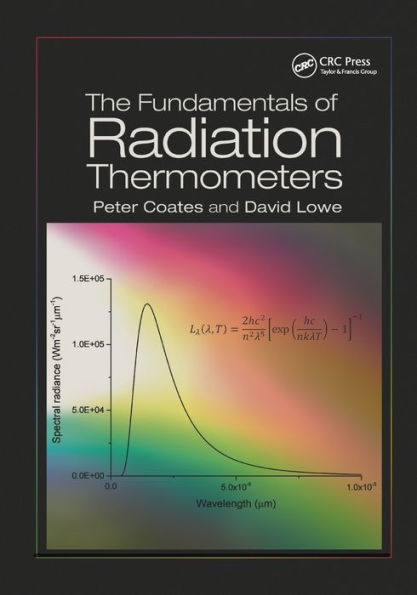5
1
9780367889739



The Fundamentals of Radiation Thermometers / Edition 1 available in Hardcover, Paperback, eBook

The Fundamentals of Radiation Thermometers / Edition 1
- ISBN-10:
- 0367889730
- ISBN-13:
- 9780367889739
- Pub. Date:
- 12/10/2019
- Publisher:
- CRC Press
- ISBN-10:
- 0367889730
- ISBN-13:
- 9780367889739
- Pub. Date:
- 12/10/2019
- Publisher:
- CRC Press

The Fundamentals of Radiation Thermometers / Edition 1
$61.99
61.99
In Stock

From the B&N Reads Blog
